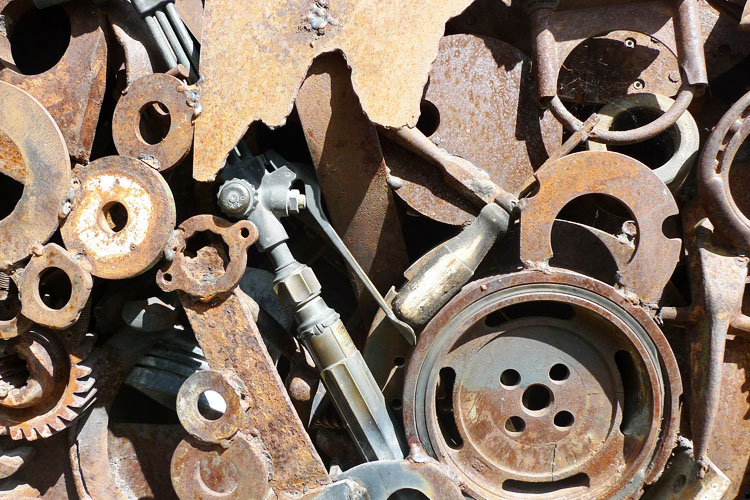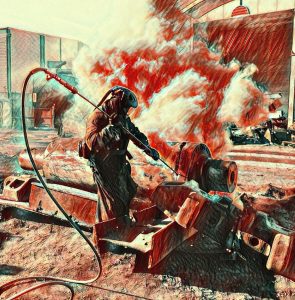The word recycling was in use for 60 years before Reiner Pilz gave it a new thought in 1994 presenting the idea of downcycling and upcycling.* His main point was that the product after the recycling should have better value than before it. From this point of view, metal recycling process with its shredding, smelting and fabrication steps looks controversial. Is it upcycling or downcycling?

Downcycling involves extracting valuable materials from the product to create a lower quality result. For example, aluminum is downcycled material. The typical soda can consists of two kinds of aluminum which are melted together during recycling, resulting in a weaker and less useful product.
Upcycling aims to make use of existing materials, reusing these in a way that will add value without using up new raw materials. Recycled metals can be used to manufacture new appliances, cars, building materials, metal piping or tubing, aluminum foil, metal tables and chairs, airplanes and ships.
While recycled, metal goes through different stages. Once the various metals have been separated, they are fed into a machine which cuts and shreds them into tiny pieces. It is similar to the downcycling definition.
Steel is either shredded, cubed/baled, and are transported to smelting facilities, where they are heated in a furnace until they become molten metal. This part of the process is close to upcycling.
The molten metal is then cooled and hardened, and is put into a machine that rolls it into flat sheets ready to be a new metal materials, which is definitely upcycling.
From this point of view metal recycling is more upcycling than downcycling. On the other hand, upcycling and downcycling could be considered as two equal parts of the recycling process. Whatever answers you like more, it is always good idea to ask questions that make us think about the way we do things.

